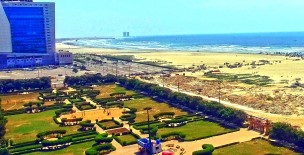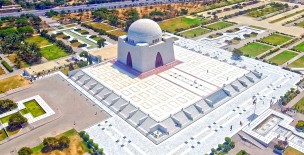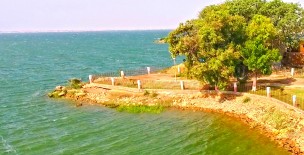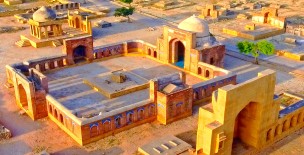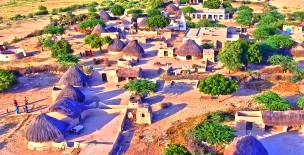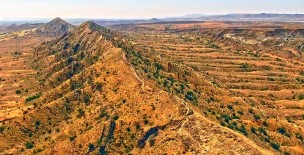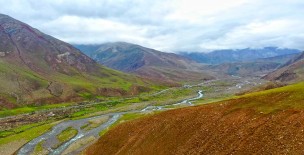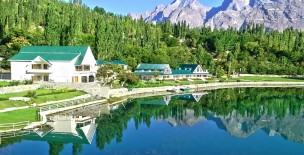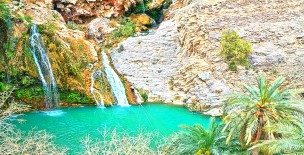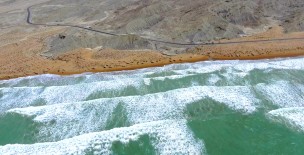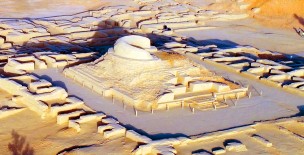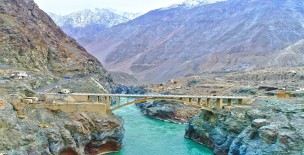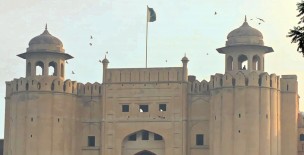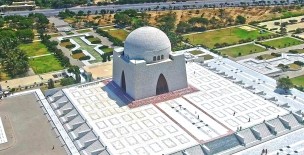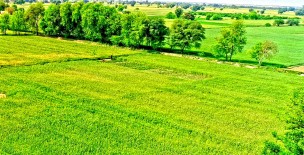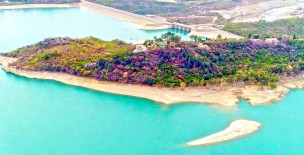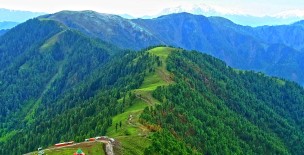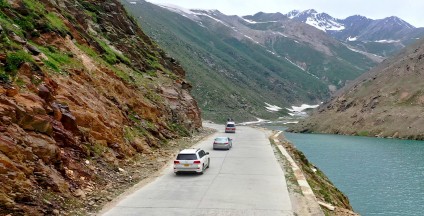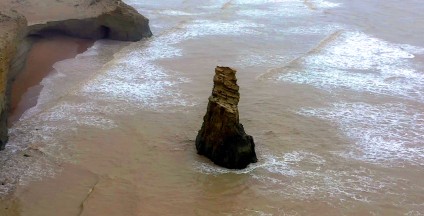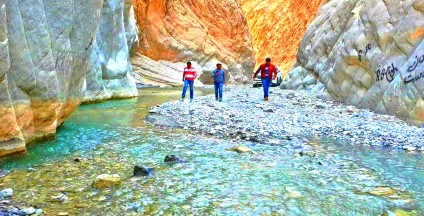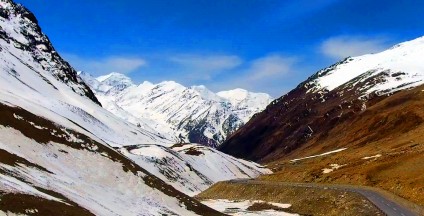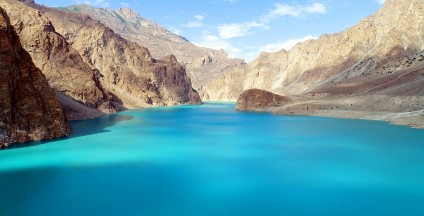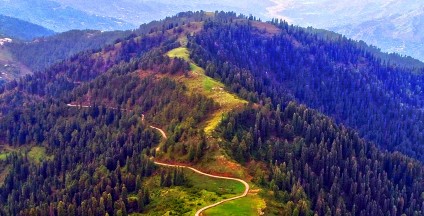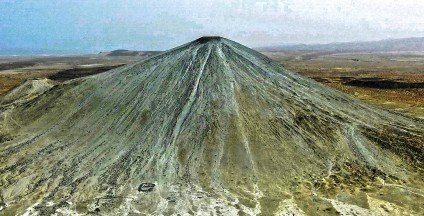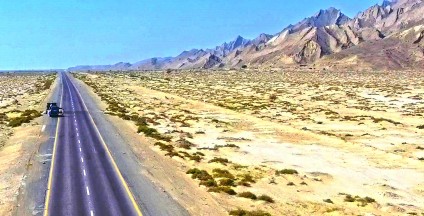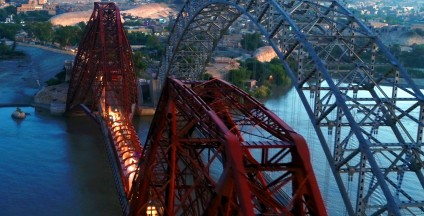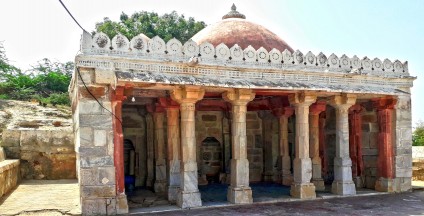The Chaukhandi Necropolis (a.k.a. Jokundee Tombs) form an early Islamic cemetery situated 29 km (18 mi) east of Karachi in Landhi, Sindh, Pakistan.
The tombs are notable for their elaborate sandstone carvings. They were mainly built during Mughal rule sometime in the 15th and 18th centuries when Islam became dominant.
The tombs are similar in style to the elaborate tombs at the Makli Necropolis near Thatta, and are built in the funerary architectural style typical of lower Sindh.
Generally, the tombs are attributed to the Jokhio (also spelt Jokhiya) and known as the family graveyard of the Jokhio tribe, although other, mainly Baloch tribes have also been buried here.
This type of graveyard in Sindh and Baluchistan is remarkable because of its main north-south orientation. Tombs were constructed either as single graves or as groups of up to eight graves, raised on a common platform.
The more elaborate graves are constructed with a buff-colored sandstone, which has often kept remarkably well over time in the arid local climate.
A typical sarcophagus consists of six vertical slabs, with two long slabs on each side of the grave indicating the length of the body and the remaining two vertical slabs on the head and foot side.
These six slabs are covered by a second sarcophagus consisting of six more similar vertical slabs but smaller in size, giving the grave a pyramid shape.
The upper box is further covered with four or five horizontal slabs and the topmost construction is set vertically with its northern end often carved into a knob known as a crown or a turban.
The tombs are embellished with geometrical designs and motifs, including figural representations such as mounted horsemen, hunting scenes, arms and jewellery.
